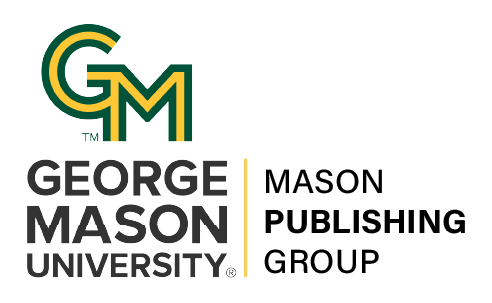Establishing and Maintaining Faculty Presence in Online Courses
DOI:
https://doi.org/10.13021/G8itlcp.2.2010.2091Keywords:
digital pedagogy, teaching online, digital tools,Abstract
The three pillars of online education are:
1. Faculty Presence
2. Content Delivery
3. Authentic Assessment
Faculty often focus on putting course content on a Learning Management System (LMS) and adapting their exams/assessments to the online environment. The lack of faculty presence in online courses results in students feeling alienated and removed from the learning environment. Increased faculty presence helps students to focus, improves the learning community and moves the courses forward. Online courses often hit a ââ¬Ålullââ¬Â at mid-semester when students miss dates, fall behind or otherwise disengage for a period of time. Improved faculty presence can address these issues. The following free strategies to establish and increase faculty presence will be demonstrated. Directions for embedding the utilities on Blackboard will be demonstrated:
ââ¬Â¢ Voki ââ¬â avatars that can be professionally adapted, and used for each new Unit introduction, weekly or special announcements
ââ¬Â¢ Audacity ââ¬â making podcasts; students can download these to MP3 players and learn ââ¬Åon the goââ¬Â
ââ¬Â¢ Viddler ââ¬â a free video capture utility that, with a webcam, allows faculty to produce a short video of themselves making announcements to students or introducing content
ââ¬Â¢ Screencast-o-matic ââ¬â a free screen capture utility to show students how to navigate the
course
ââ¬Â¢ Syllabus Construction ââ¬â syllabi must be re-configured for the online environment. One of
the adjustments to be made is the prominence and clarity of the course schedule, inclusion
of language related to Nettiquette ââ¬â how one is perceived when communicating online, and
rubrics for assessing discussion boards.
These utilities increase presence using caricature, audio, video, screen capture and print media.



